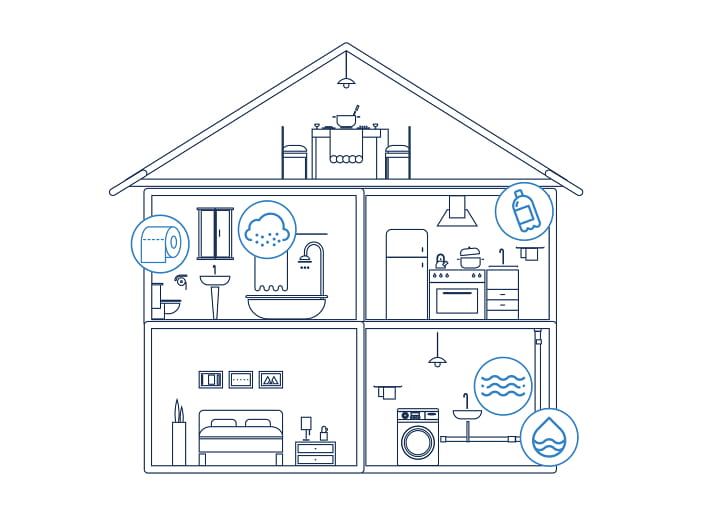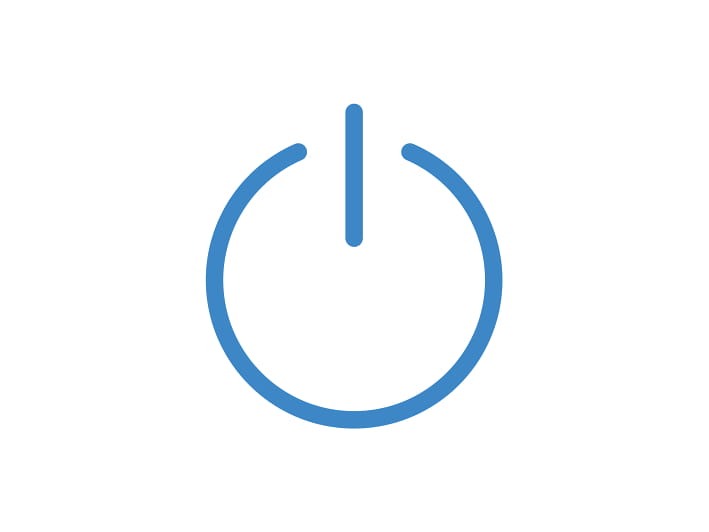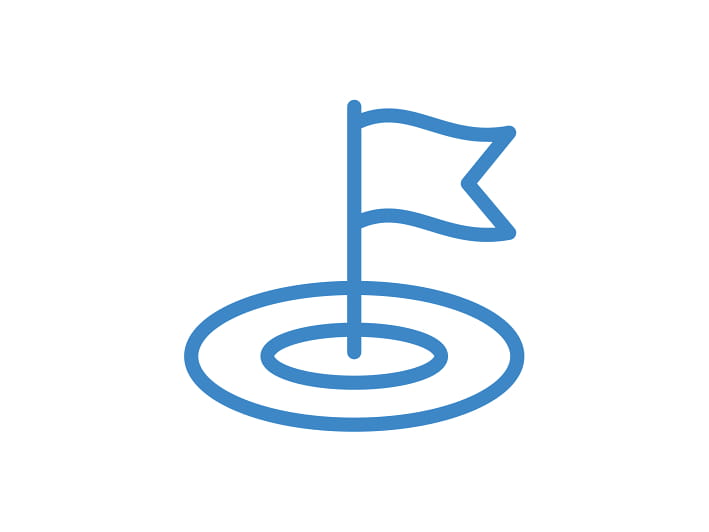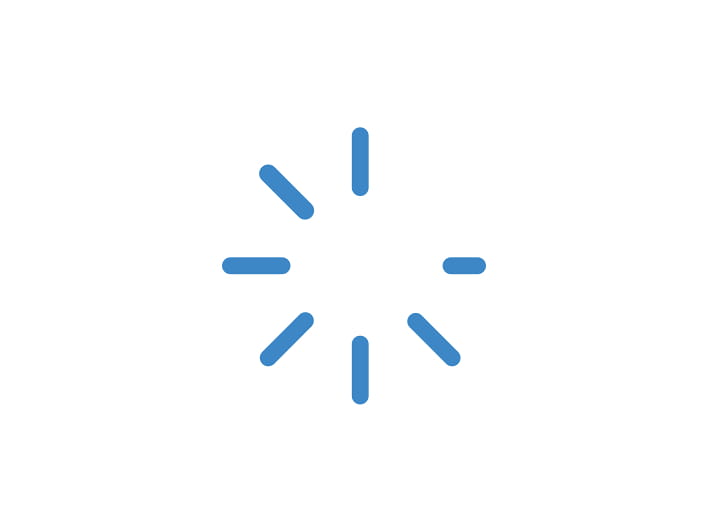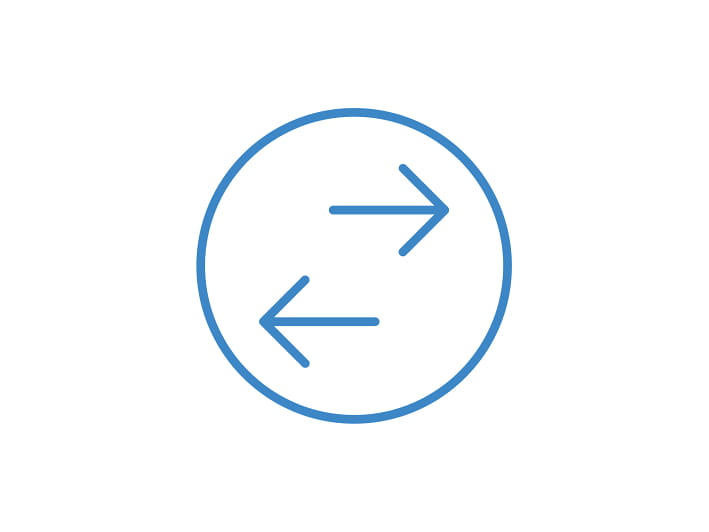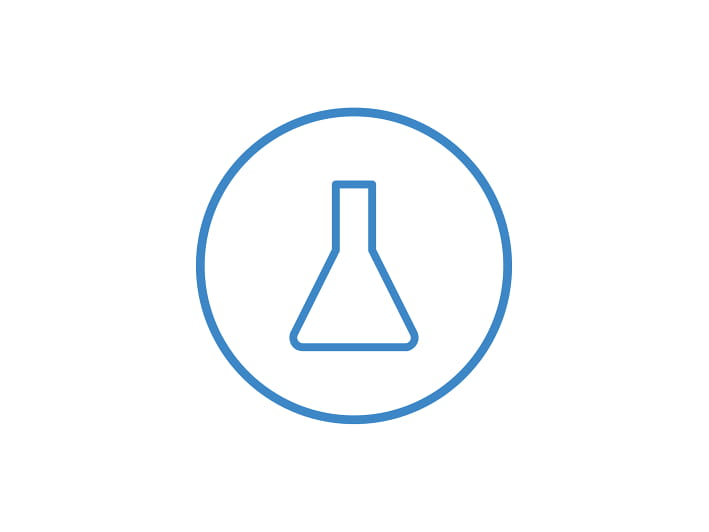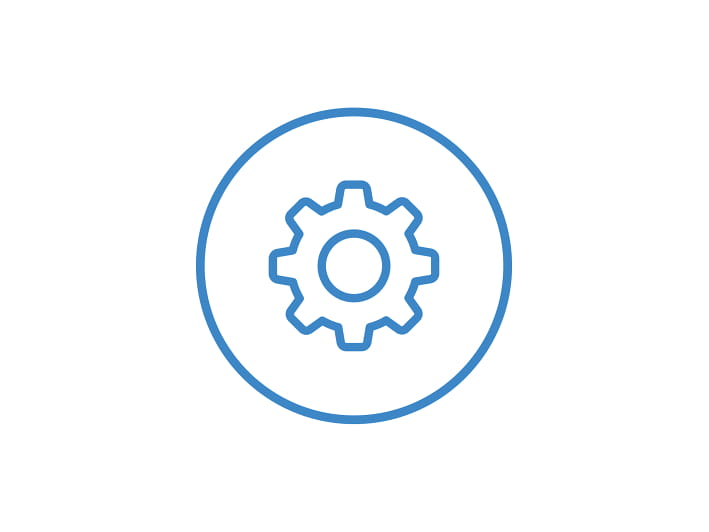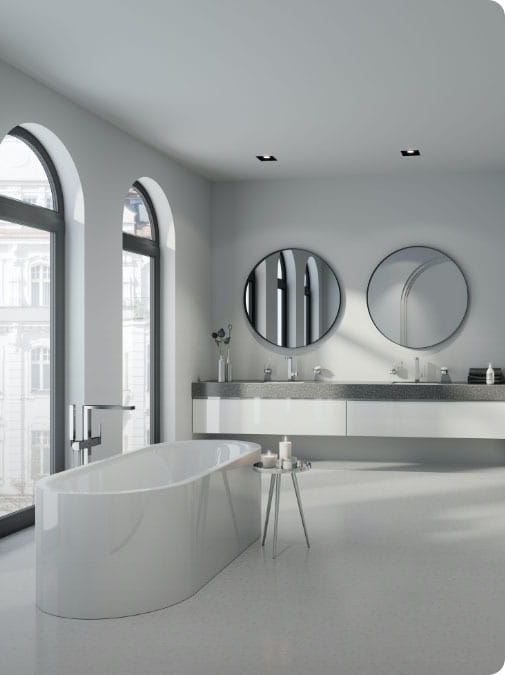LIXIL VISION FOR SUSTAINABLE LIVING
FOCUSING ON THREE STRATEGIC CR PILLARS IN CONNECTION TO THE UN SUSTAINABLE DEVELOPMENT GOALS
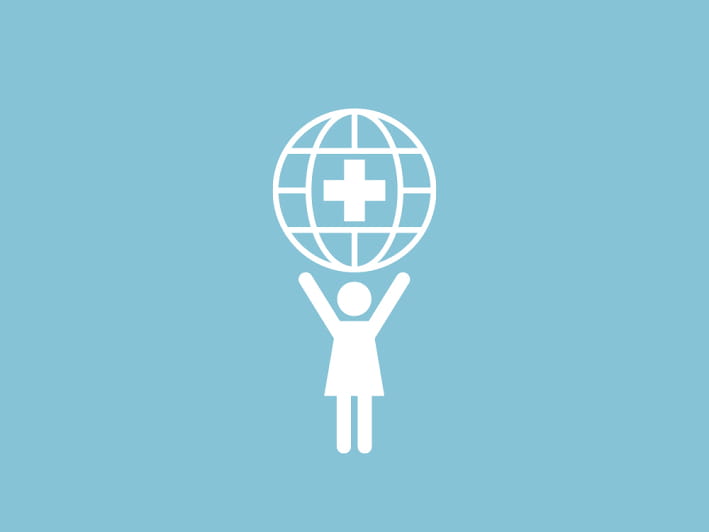
GLOBAL SANITATION AND HYGIENE
SANITATION FOR ALL
By 2025, improve the livelihood of 100 million people through sanitation and hygiene initiatives
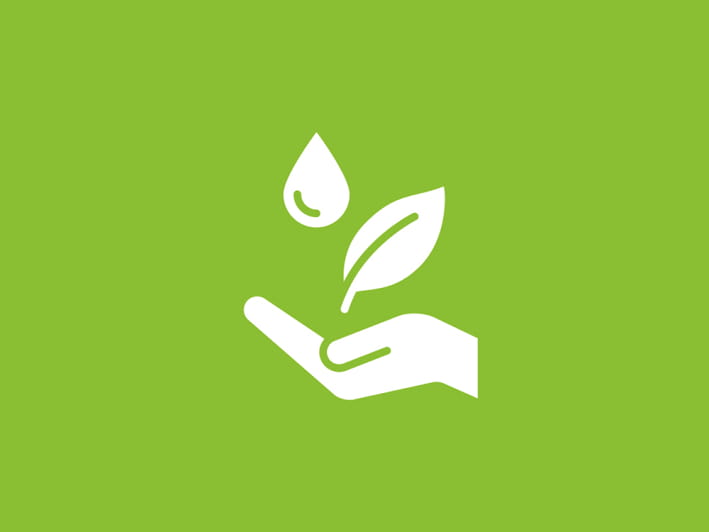
WATER CONSERVATION & ENVIRONMENTAL SUSTAINABILITY
ZERO CARBON AND CIRCULAR LIVING
By 2050, achieve net-zero carbon emissions from housing and lifestyle solutions as well as operations, and become a leading manufacturer based on a model that preserves water and natural resources for future generations
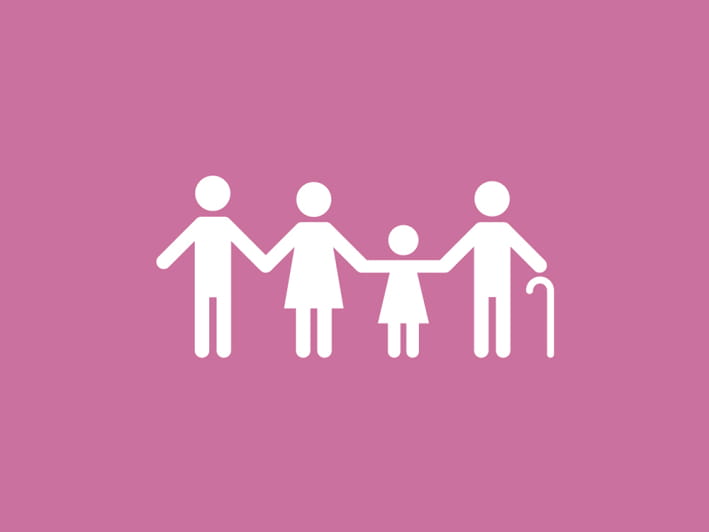
DIVERSITY & INCLUSION
INCLUSIVE FOR ALL
By 2030, embed a culture of inclusion across LIXIL and achieve key gender equity goals. By 2030, ensure all products and services* are based on LIXIL’s Universal Design concept.
* Scope: Products and services in Japan (from August 2019)
HOW ALL LIXIL BRAND´S SUSTAINABILITY INITIATIVES CONTRIBUTE TO THE STRATEGIC PILLARS
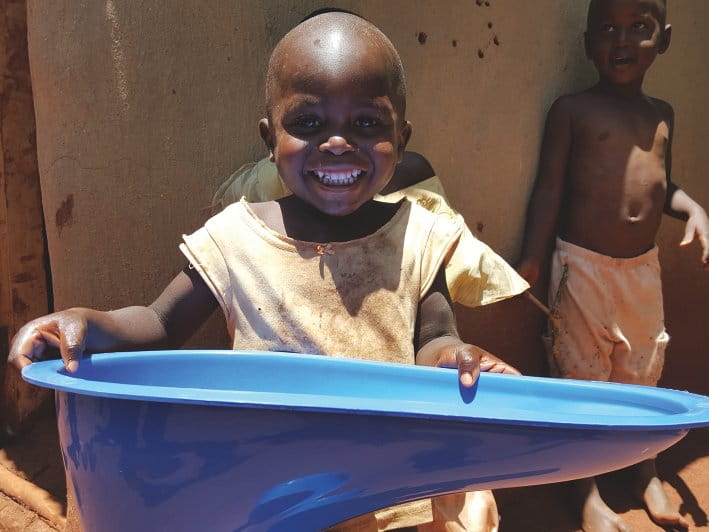
SATO
A safe and affordable toilet solution. Improving the lives of millions of people around the world through ground-breaking sanitation solutions.

LIXIL GOES ZERO
Since October 2020 all eight LIXIL fittings plants are CO2-neutral.*
*also includes CO2 compensation projects
LESS-PLASTIC-INITIATIVE
In 2018, GROHE launched its initiative to replace plastic in product packaging with more sustainable alternatives.
Until February 2021, approximately 27 million items of product packaging made from plastic could be eliminated; by 2021, this figure is to be significantly increased to up to 35 million. The transition to plastic-free packaging is a process that involves all production sites equally. In addition to identifying the most commonly used plastic packaging, new, more sustainable material alternatives must be researched, tested and then implemented.
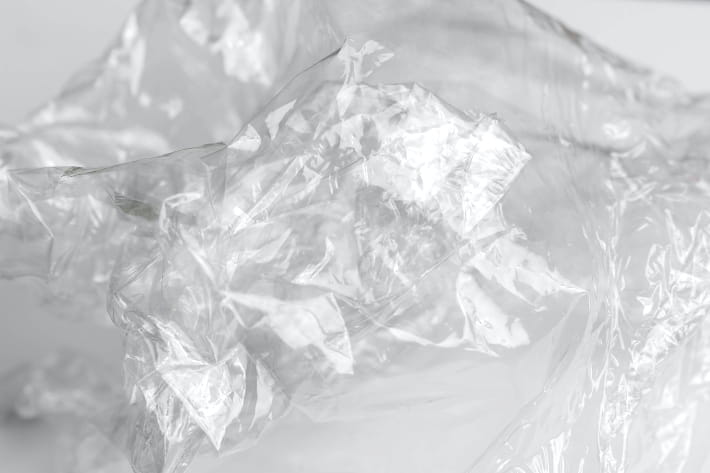
LESS-PLASTIC-INITIATIVE
In 2018, GROHE launched its initiative to replace plastic in product packaging with more sustainable alternatives.
Until February 2021, approximately 27 million items of product packaging made from plastic could be eliminated; by 2021, this figure is to be significantly increased to up to 35 million. The transition to plastic-free packaging is a process that involves all production sites equally. In addition to identifying the most commonly used plastic packaging, new, more sustainable material alternatives must be researched, tested and then implemented.
